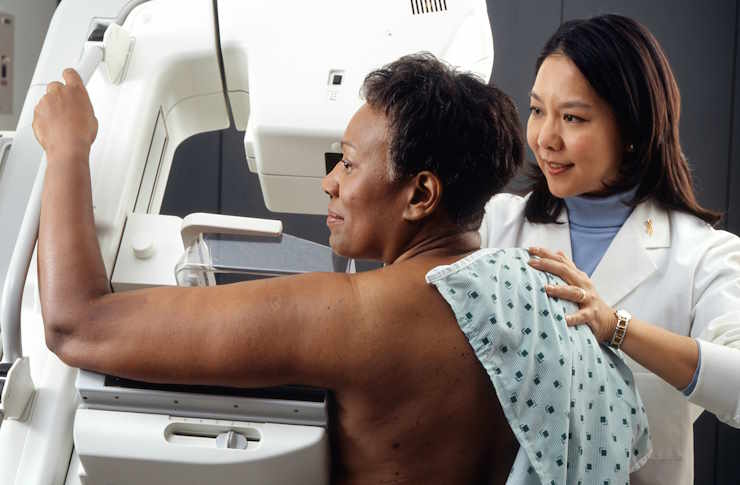What Experts Say About the First Signs of Prostate Cancer
Prostate cancer often develops without obvious symptoms, which is why awareness matters. This article shares expert-backed information on what men should know about potential early changes—and why checking in with your doctor is always the best step.

Prostate Cancer Early Signs That Deserve Attention
Healthcare professionals consistently highlight several key symptoms that warrant immediate medical attention. Urinary changes represent the most common early indicators, including difficulty starting or stopping urination, weak urine flow, or frequent urination especially during nighttime hours. These symptoms occur because the prostate gland surrounds the urethra, and cancerous growths can compress this vital pathway.
Blood in urine or semen also signals potential prostate issues requiring prompt evaluation. While these symptoms can indicate various conditions, medical experts stress that any persistent urological changes lasting more than two weeks should trigger a doctor’s visit. Pelvic discomfort, hip pain, or unexplained back pain may also indicate advanced prostate cancer, though these symptoms typically appear in later stages.
First Signs of Prostate Cancer Explained
Medical researchers have identified that prostate cancer often develops silently in its earliest stages. The American Cancer Society reports that localized prostate cancer frequently produces no symptoms initially, making regular screening essential for men over 50 or those with family history of the disease. When symptoms do appear, they often mirror benign prostate conditions, creating diagnostic challenges.
Erectile dysfunction can serve as an early warning sign, particularly when it develops suddenly or worsens rapidly. Painful ejaculation or decreased semen volume may also indicate prostate abnormalities. Sleep disruption due to frequent nighttime urination significantly impacts quality of life and often prompts men to seek medical evaluation, leading to early cancer detection in many cases.
Why Older Men Should Talk to Their Doctor About Prostate Health
Age represents the strongest risk factor for prostate cancer development, with risk increasing dramatically after age 50. Medical guidelines recommend that men begin prostate health discussions with their healthcare providers by age 45 if they have high-risk factors, including African American ethnicity or strong family history. For average-risk men, these conversations should start by age 50.
Regular prostate screenings combine physical examinations with prostate-specific antigen (PSA) blood tests. Early detection through screening allows for treatment when cancer remains confined to the prostate gland, significantly improving survival rates. Men with detected abnormalities may require additional testing, including MRI imaging or tissue biopsies, to confirm diagnosis and determine appropriate treatment approaches.
Common Signs of Prostate Changes Men Should be Aware Of
Beyond cancer-specific symptoms, men should monitor general prostate health indicators throughout their lives. Benign prostatic hyperplasia (BPH) affects most men as they age and shares symptoms with prostate cancer, including urinary frequency, urgency, and flow reduction. Prostatitis, or prostate inflammation, can cause pelvic pain, fever, and urinary burning that requires medical treatment.
Weight loss without dietary changes, persistent fatigue, or bone pain in the hips, spine, or ribs may indicate advanced prostate cancer that has spread beyond the gland. While these symptoms typically appear in later stages, awareness helps men recognize when immediate medical attention becomes necessary. Regular communication with healthcare providers helps distinguish between normal aging changes and concerning symptoms requiring further evaluation.
| Treatment Type | Average Cost Range | Provider Examples |
|---|---|---|
| Prostate Biopsy | $1,000 - $3,000 | Mayo Clinic, Cleveland Clinic, Johns Hopkins |
| Radiation Therapy | $10,000 - $50,000 | MD Anderson, Memorial Sloan Kettering, UCLA Medical |
| Surgical Treatment | $20,000 - $100,000 | Johns Hopkins, Mayo Clinic, UCSF Medical Center |
Prices, rates, or cost estimates mentioned in this article are based on the latest available information but may change over time. Independent research is advised before making financial decisions.
Early intervention significantly improves prostate cancer treatment outcomes and reduces overall healthcare costs. Men experiencing persistent urological symptoms should prioritize medical evaluation over cost concerns, as delayed diagnosis often leads to more expensive and intensive treatment requirements. Many healthcare systems offer screening programs and payment assistance for qualifying patients.
Prostate cancer treatment success depends heavily on early detection and prompt medical intervention. Men who maintain regular healthcare relationships and communicate openly about urological changes position themselves for the best possible outcomes. While prostate cancer diagnosis can feel overwhelming, advances in treatment technology and surgical techniques have dramatically improved survival rates and quality of life for patients who receive timely care.
This article is for informational purposes only and should not be considered medical advice. Please consult a qualified healthcare professional for personalized guidance and treatment.




